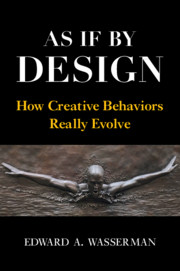26 - Context, Consequence, and Coincidence
from Section 3 - Putting It Together
Published online by Cambridge University Press: 01 July 2021
Summary
The Field of Dreams began as the fictional backdrop for a twenty-page short story written by a forty-three-year-old Canadian graduate student studying literature at a midwestern American university. It’s now scheduled to be the actual site of a Major League Baseball game to be played in the 2021 season. What an amazing story! Could W. P. Kinsella really have been such a remarkable visionary to have so clearly foreseen how such a modest prelude would evolve into such a grand finale – all unfolding in the rustling cornfields of Iowa? Readers can decide for themselves. I’ll unspool the spellbinding saga from short story, to novel, to screenplay, to the silver screen, to a tourist venue, and finally to a Major League ballfield. Context, consequence, and coincidence feature prominently in this account.
Keywords
- Type
- Chapter
- Information
- As If By DesignHow Creative Behaviors Really Evolve, pp. 287 - 308Publisher: Cambridge University PressPrint publication year: 2021

